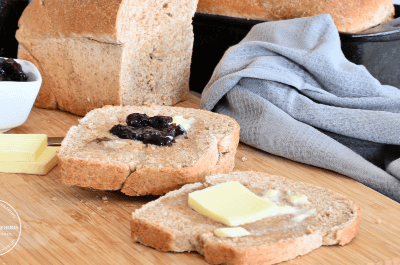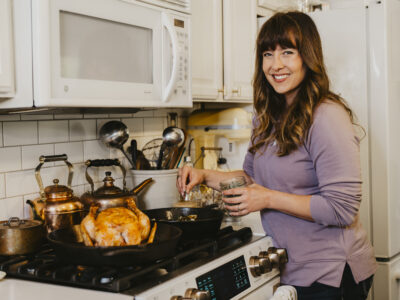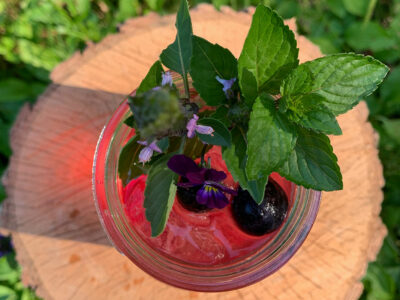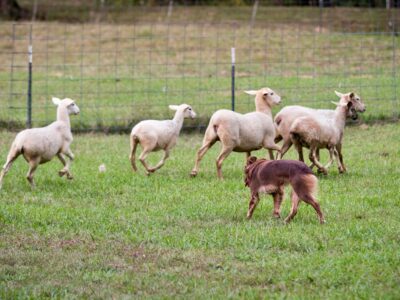You may be wondering how baking consistently good bread and land sabbaths come together into one episode of a podcast. That’s the beauty of a live coaching call!
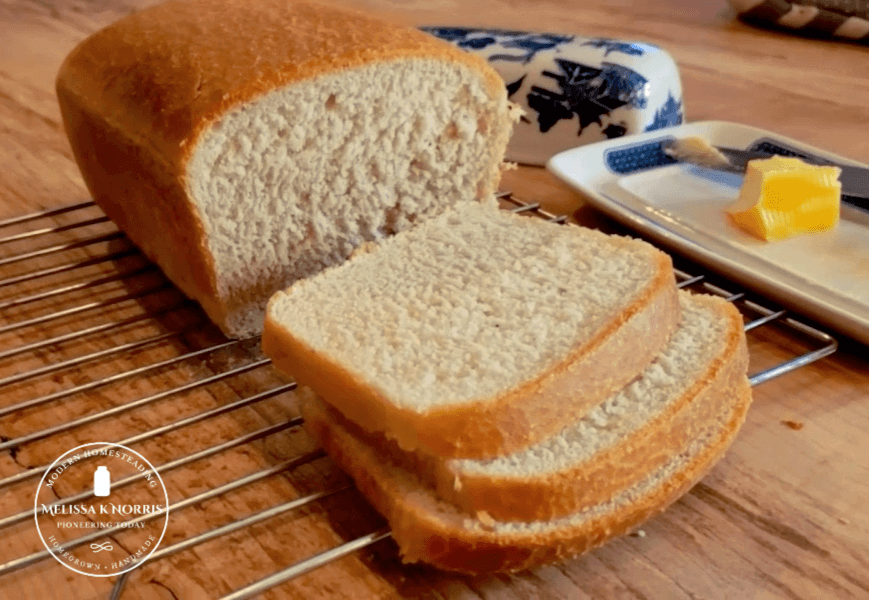
Today’s Pioneering Today Podcast (episode #380) is a live coaching call with Britnay, a member of the Pioneering Today Academy, who came to me with her questions about baking homemade bread and practicing land sabbaths.
Academy members can bring any and all questions they have into these calls and I’ll do my best to research ahead of time to answer their questions during our call.
When it came to practicing land sabbaths, the science behind how it all works was fascinating to me, as well as seeing how God called for it in scripture and the promises He made.
I’m definitely eager to see the test results that Britnay is doing.
If you like this podcast or want a chance to jump on a live coaching call with me, be sure to check out the end of this blog post for how to join the Pioneering Today Academy, as well as check out some more of our live coaching calls.
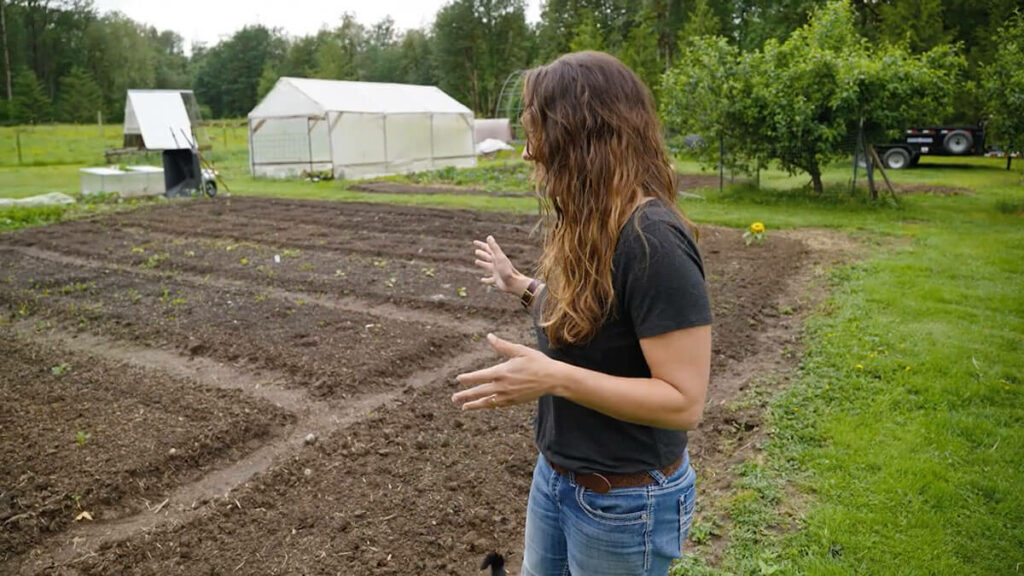
Table of Contents[Hide][Show]
In This Episode:
- The best flour to use for homemade bread baking. Read the following post for more information on what flour to use for baking.
- Tips for the bread-making process to keep from getting a doughy finish or large pockets of air. Check out these posts for more tips on baking a soft, fluffy loaf of bread and how to revive a neglected sourdough starter. (And grab my homemade sourdough sandwich bread recipe here or my fluffy honey whole wheat sandwich bread recipe here.)
- Using the seventh-year Sabbath rule to allow land to rest.
- Utilizing regenerative agriculture on our homestead.
- Testing soil to compare years seven and eight to see if letting the land lay fallow makes a difference.
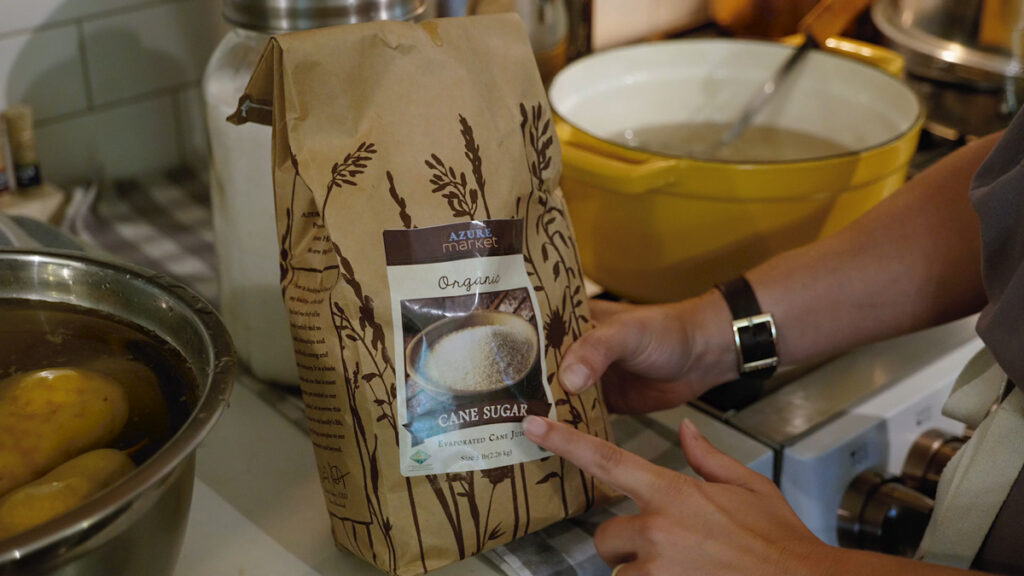
Azure Standard
When it comes to baking supplies, my go-to is Azure Standard. If you caught my video of my new pantry tour, you know I love to buy my all-purpose flour in bulk from them.
Azure happens to be the sponsor of today’s podcast and blog post. I’ve been shopping with Azure for over three years now and love the deep discounts they offer when buying in bulk.
Right now, if you’re brand new to Azure Standard, you can receive 10% off your first order of $50 or more. This can be stacked on top of their already great bulk prices. Visit Azure Standard to sign up, and use coupon code “Pioneering10” at checkout to receive your discount.

Pioneering Today Academy
If you found this podcast helpful and would like a chance to have a one-on-one call with me or learn more gardening and homestead advice from us inside the Academy, you can click here and sign up for the Pioneering Today Academy waitlist.
The doors open twice a year and will be opening up again on March 22nd. If you’re reading this during a time the doors are not open, sign up for the waitlist and you’ll be notified the next time the doors open.
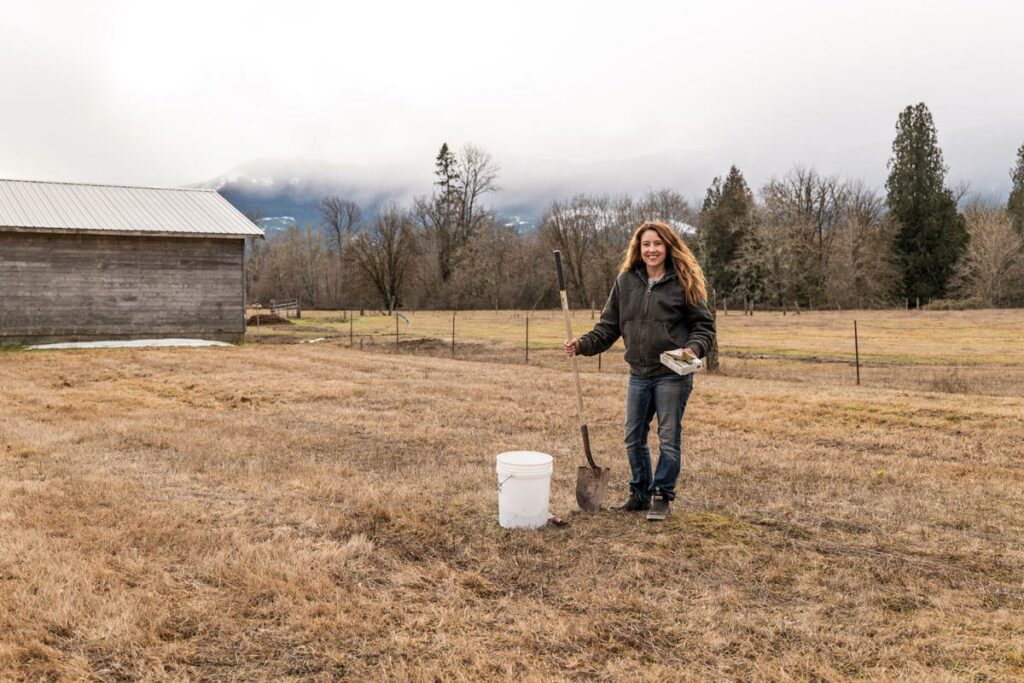
More Posts You May Enjoy
- Prioritizing Projects (Live Coaching Call)
- Troubleshooting Chicken Health & Best Herbs for Chickens (Live Coaching Call)
- Homesteading With Special Needs Children
- New Gardening Techniques & Varieties to Grow
- Soil Remediation – How to Fix Tainted Soil
- Wood Chips for Garden Mulch (Beneficial or Not?)
- Science-Based Companion Planting Strategies for a Healthier Garden
- How to Grow a Large-Scale Garden Without Acreage
[fusebox_transcript]
